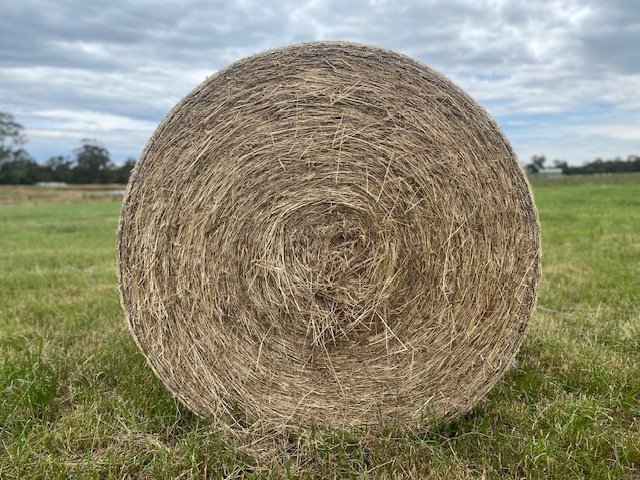
Filling Feed Gaps Project 2022 - 2024.
This 2 year project has helped demonstrate best practice fodder conservation and storage through fodder testing. This is an important factor in helping with drought preparedness.
Project findings have helped local primary producers look at their management and process decisions based on the effects they can have on making and storing quality fodder.
With the variation between the seasons (22/23 was very wet, 23/24 below av rainfall), it was also a very good demonstration of the importance of fodder testing in knowing what nutrition may need to substituted, helping livestock owners to be prepared for a tough season.
Fleurieu Farming Systems Inc. (FFS) in conjunction with the Mackillop Farm Management Group (MFMG) and AgKI were involved in this 2 year project, running several workshops and demonstrations across the Fleurieu Peninsula, Limestone Coast and KI with funding through the Future Drought Fund, SA Drought Hub and The University of Adelaide.
Testing was conducted over 2 seasons on both Silage and Hay from many various properties across each region. Farmers were offered a 2 for 1 deal on their testing, which also involved one on one support to assist in interpretation and utilisation of the results in feeding and looking at management and production processes.
FFS ran 3 workshops
Workshop 1 - Filling Feed Gaps Breakfast in Mount Compass. Guest speakers Tim Prance and Colin Trengove.
Workshop 2 - Timing is Key in Myponga. Guest speakers Tim Prance and Mikaela Baker. Host Ben Noble.
Workshop 3 - Turning Tests into Feeding Decisions in Inman Valley. Guest speakers Tim Prance and Mikaela Baker. Host Sandy Nott.
Top 3 take home messages.
Cut pasture early - quality declines largely after flowering.
Wilt as fast as you can - Tedding makes a big difference. If rain is predicted, it is better to bale a little wetter than normal and use a preservative (if within moisture parameters).
The only reliable way to know the quality is to test. You can do the same thing every year and your hay can test very differently for so many reasons.
*for more take home messages and details read the full report.
Full report can be found HERE

